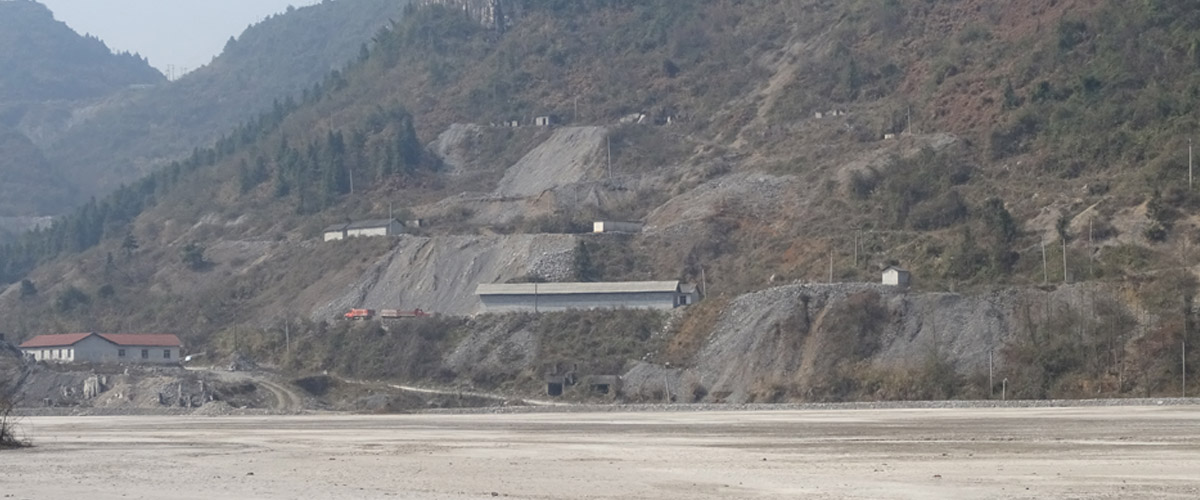“The empty institution embodies certain rules not yet accepted in society, but in such a manner that the newly created institution is ineffective. They emerge as compromises over sensitive political issues. The interests opposed to them ensure that they are established in such a way that they cannot achieve their aims. The interests supporting them win a pyrrhic victory as their rules, (…), have no practical impact on social actors’ behaviour.”
(P. Ho in Institutions in Transition, Oxford University Press, 2005, p. 73)
The mining governance in China features a dilemma: on the one hand, there are various issues inherent to China’s mining institutions: 1) an outdated legislation, 2) ambiguity in regulations, and 3) administrative fragmentation of responsible authorities. On the other hand, China has witnessed a fast growing mining industry. Therefore, this study aims to explain this phenomenon by adopting the theories and conceptual framework on institutional function and credibility put forward by Ho (2005, 2014, 2016a). The central question is as follows: How do China’s mining institutions affect local communities, and to what extent do rural residents perceive these as credible?
In this study, mixed-method research is performed through three instruments: 1) archival analysis, 2) comprehensive literature review, and 3) empirical fieldwork. The project posits that the institutions of mining land expropriation and environmental protection in China have emerged as an ‘empty institution’, of what Ho describes as an institution that is largely ineffective and ignored, but simultaneously socially accepted and little contested.
It is the non-enforcement of mining land expropriation and environmental regulations that are conducive to economic development. At the early operational mining stage, mining activities had contributed to rural livelihood, and farmers would tolerate certain risks. However, there are inherent risks in the empty institution that has a tendency to evolve into a non-credible institution. When the function of access to land as farmers’ subsistence was disrupted by land subsidence and ineffective resettlement schemes, the resistance and contestation against mining increases.
